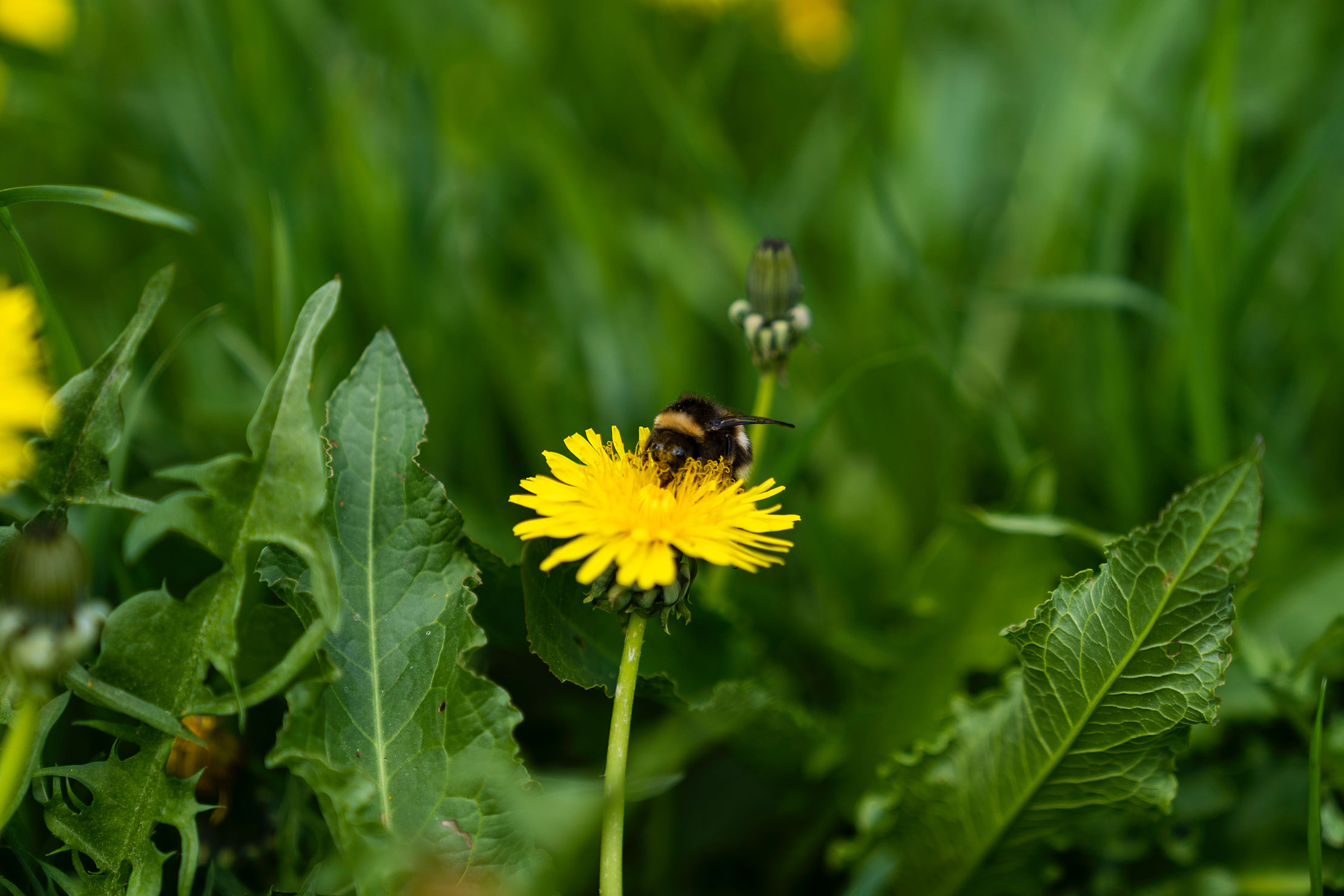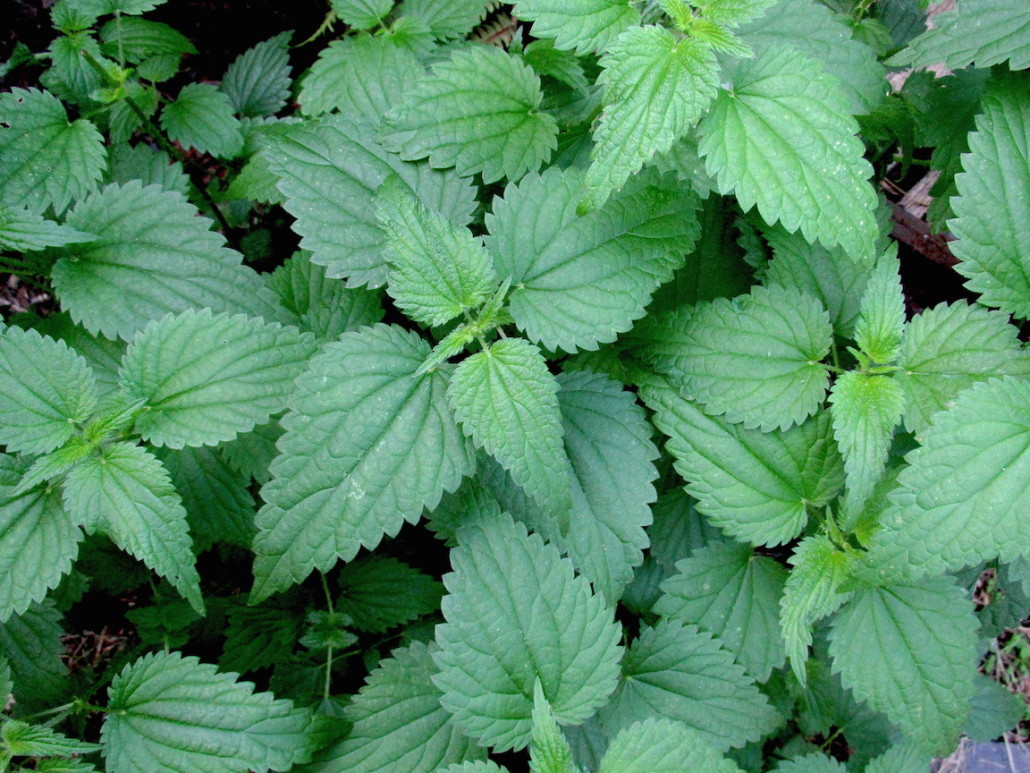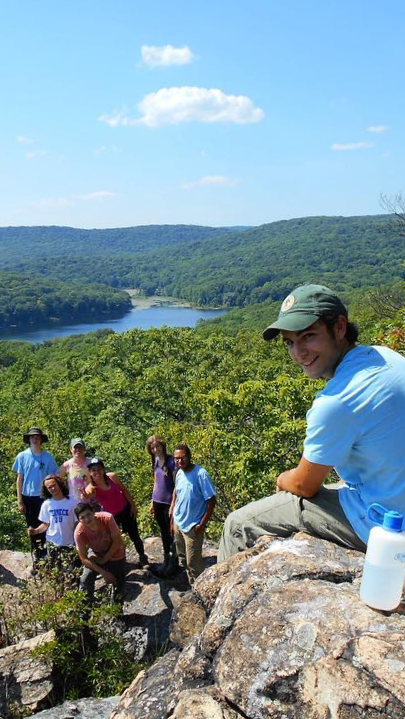Stinging Nettle

Wild food forager and Nature Place activity leader Paul Tappenden shows us what’s growing wild and edible in our area. Although we wrote about nettles in October, they’re coming up so abundantly at this time of year we had to share the wealth and tell you about them again!
My daughter Kelly and I decided to make some calzones, using the sourdough that I had made the previous day. We wanted to make some stuffed with cheese and spinach, but as we didn’t have any spinach, we used the stinging nettle I had recently harvested at a local farm. We simmered the greens until they had the texture of cooked spinach, and this made a perfect filling.

Of course, there is far more to stinging nettle than being a substitute for spinach. To begin with, nettles are rich in vitamins A, C, D, iron, potassium, manganese, and calcium. What’s more, they possess up to 40% protein. Of course, these nutritional facts are not foremost in our minds when we are enjoying a bowl of nettle soup or a dish of nettle greens. We are too busy experiencing their delicious taste and texture.

For those of you who enjoy making and consuming smoothies, you’ll find no better ingredient to add, both in terms of health and flavor.
As well as being highly nutritious, stinging nettle has potent medicinal qualities. I have often recommended nettles to friends who suffer from seasonal allergies. Those who take my advice to consume two cups of nettle tea a day (steeped for at least three hours) have experienced amazing relief, particularly when the tea is sweetened with raw, unfiltered, local honey. This tea is also wonderful for the treatment of anemia, and as a purifying tonic, helping to remove impurities from the blood.
Stinging nettle is also a regular part of the teas I brew to help with flu or cold. It is particularly good for lung issues and coughing. As a sufferer of arthritis, I will often sting the offending areas with nettles. While this can be a bit painful, it is very effective for stimulating blood flow to the area and greatly reduces the arthritic flareup.
I could fill several pages discussing the benefits of this amazing plant. If you would like regular access to nettles, I recommend starting your own patch, as it is easy to transplant from a piece of root. If you don’t have space or the wherewithal to start your own nettle patch, don’t worry, nettles grow wild almost everywhere! Viewed as a weed, they can be yours for the taking, and are of a particular tenderness this time of year as they’re beginning to grow. Just be sure to use gloves when harvesting, as using your bare hands would become quite painful (unless you’re attempting to stimulate your arthritic joints). Steeping nettles in boiling water for just a few minutes will help remove the painful stinging aspect so that you can safely enjoy their taste and nutritional value.





